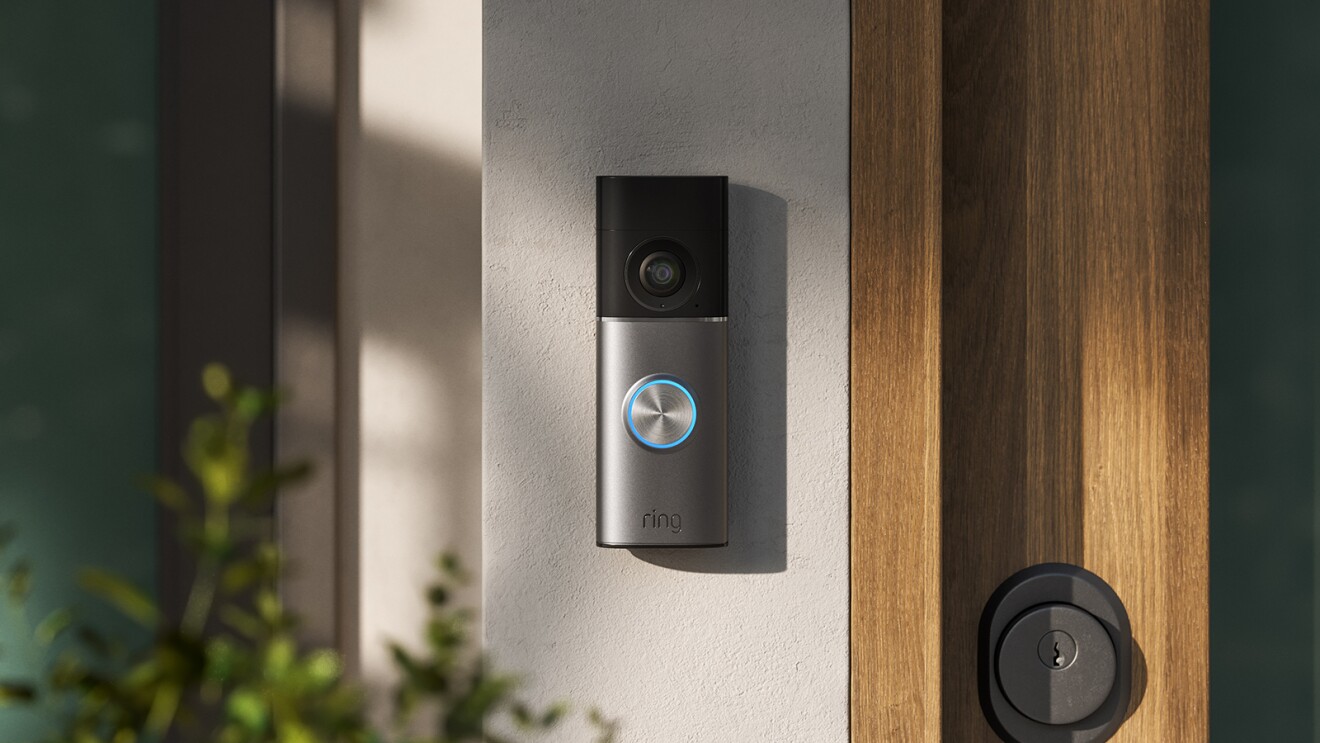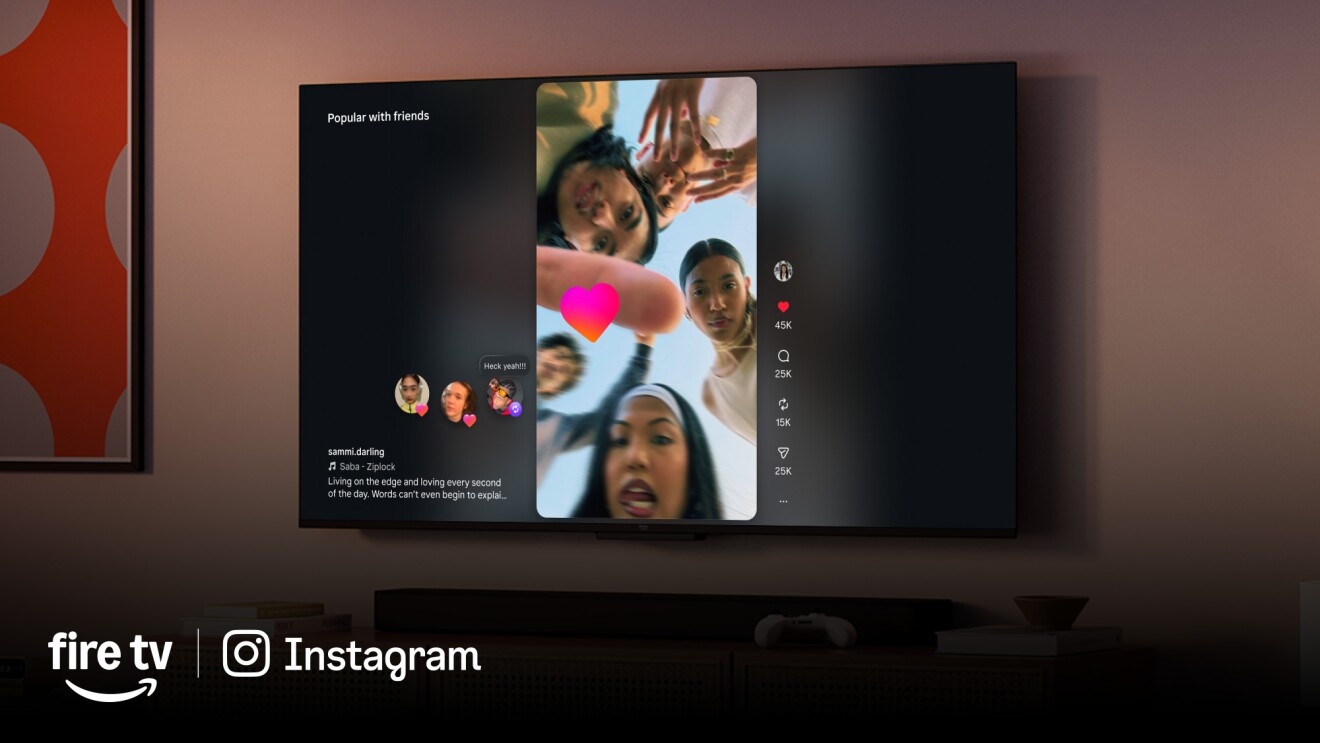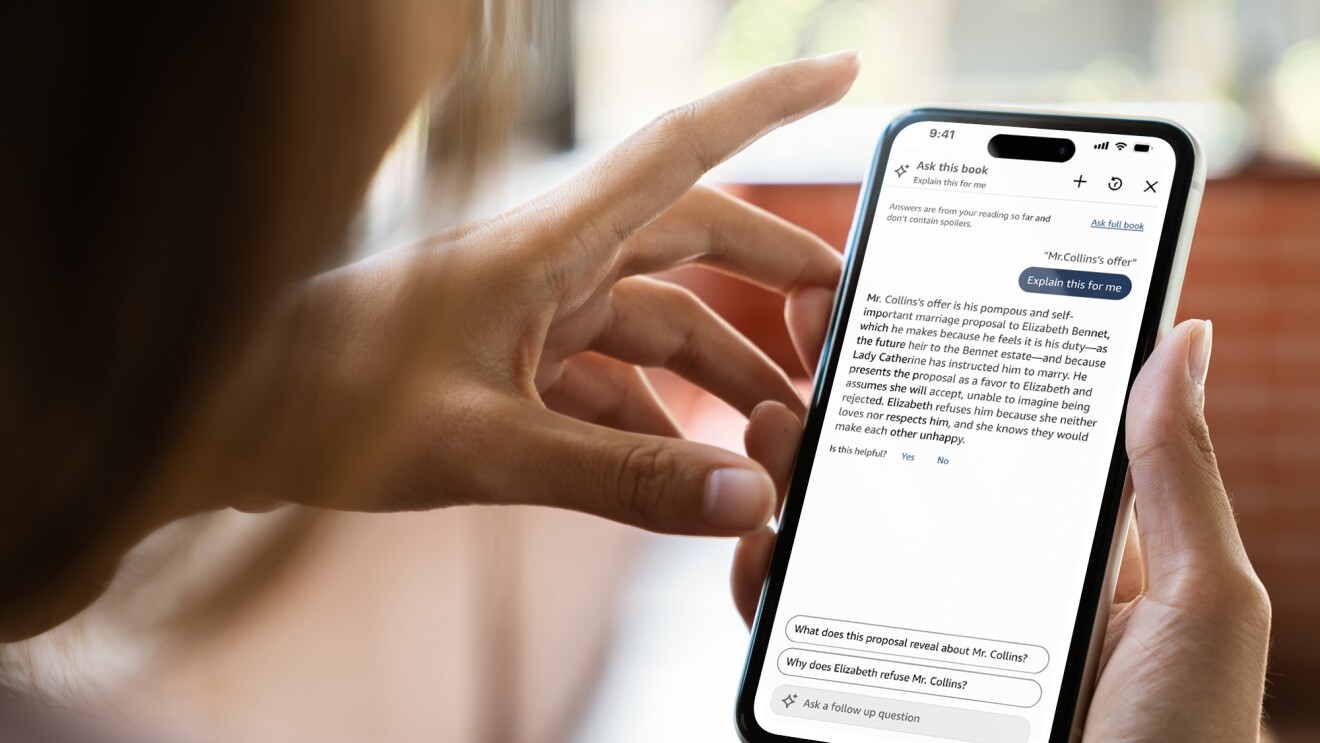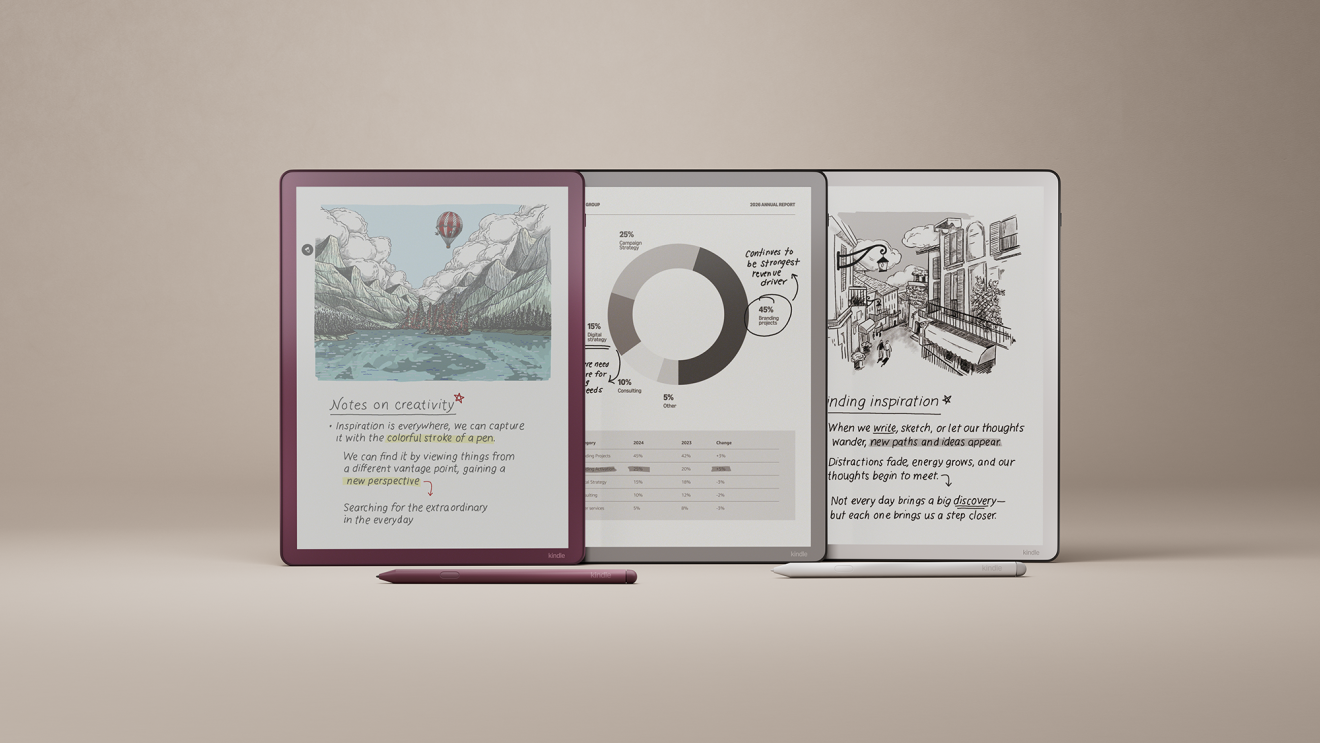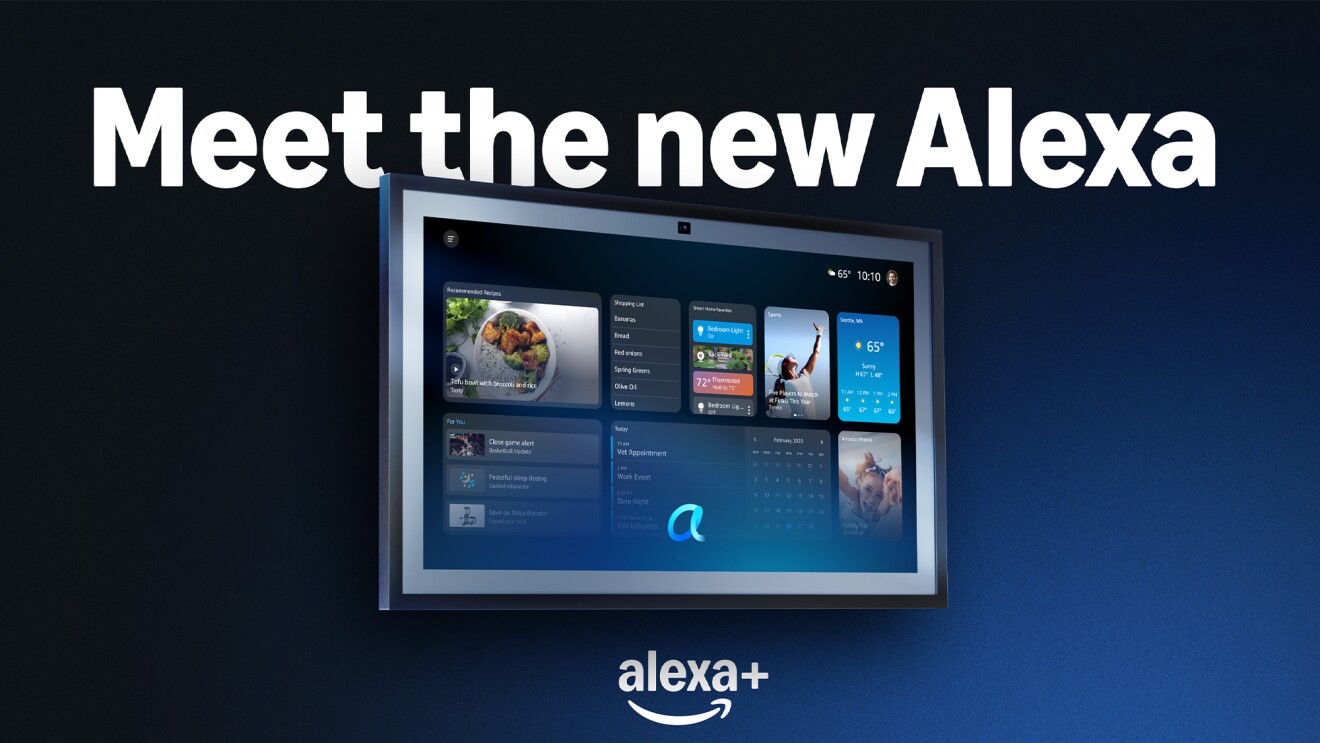When Amazon engineers started building Alexa, the company’s voice AI, they were inspired, in part, by the voice-enabled computers powering Star Trek spaceships. This week, eight years after Alexa’s commercial launch, the voice AI will become an actual space traveler aboard NASA’s Artemis I, the first of several missions bound for the Moon.
“A dream come true”
Although the flight has no humans on board, it will orbit the Moon to “provide a foundation for human deep-space exploration, and demonstrate our commitment and capability to extend human existence to the Moon and beyond,” according to NASA. Alexa will live inside the Orion spacecraft, which will escape our orbit with help from NASA’s new Space Launch System (SLS), a new super heavy-lift launch vehicle.
“For someone who grew up watching Star Trek, working on this project has been a dream come true,” said Philippe Lantin, a principal solutions architect at Amazon.
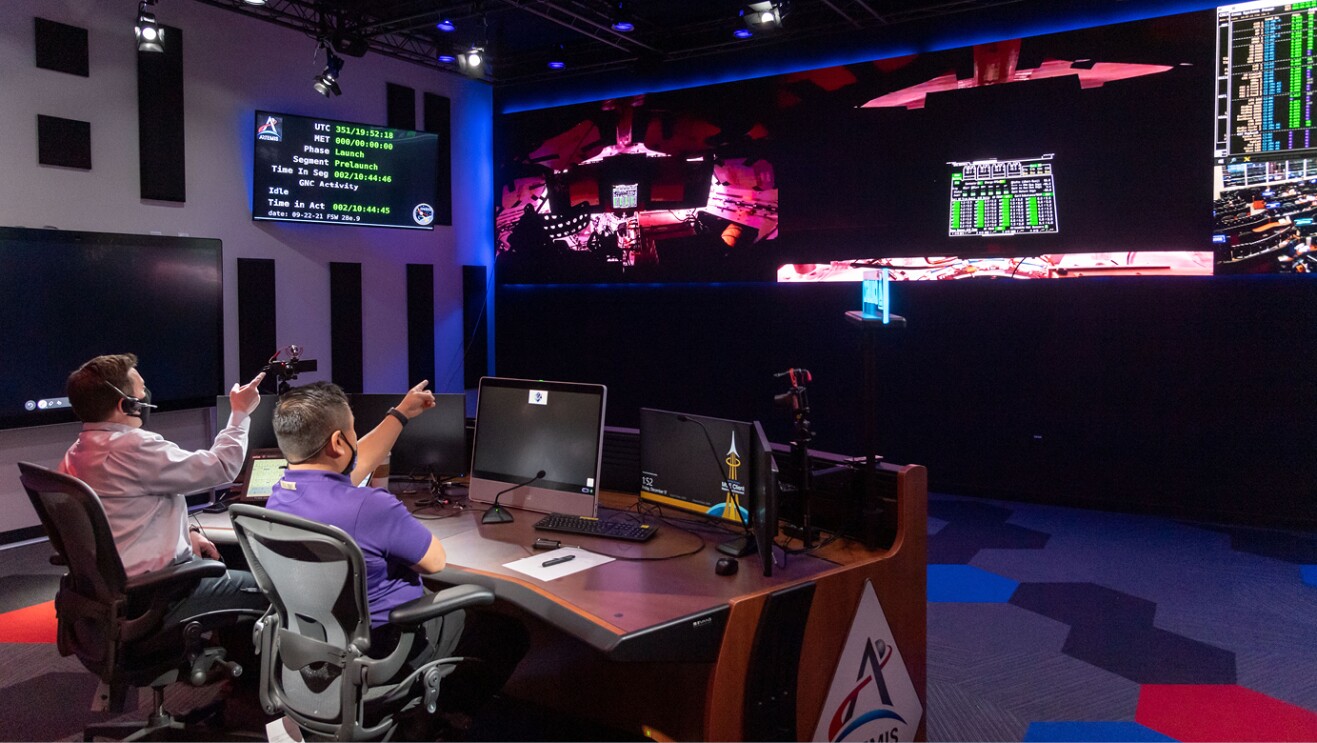
Lantin, who started working on the project in 2018, is part of the huge Amazon team that prepared Alexa for the flight. Just like human astronauts train for years for the hardships of space travel, Lantin and his teammates had their hands full of unique challenges as they prepared Alexa for the 42-day, 1.3 million-mile trip.
A long way to go
Extreme forces, vibrations, and radiation created one set of problems the team had to solve. The Amazon engineers also had to make sure that Alexa would be able to follow commands throughout the trip, even within 62 miles of the lunar surface (where, to put it bluntly, the Wi-Fi isn’t great).
On Earth, wake words activate Alexa’s listening function, and then Alexa streams to the cloud to decode speech and formulate responses. But since NASA gives priority to data needed for navigation and telemetry, there’s little internet in space, at least for now.
To tackle this problem, the team adopted an approach called Alexa Local Voice Control. Rather than sending speech to the cloud, Alexa processes voice commands locally through Local Voice Control. Incidentally, Earthlings can also benefit from this technology. Lantin said that Alexa Local Voice Control could allow people to do much more with Alexa in situations where they have limited or no internet connectivity.
“Think about when you are in a car and passing through a tunnel, or driving to a remote campsite,” said Lantin. “You could do things like tune the radio, turn on the air conditioning, and continue to use voice commands, even if you have a feeble signal or no cellular connection.”
Noise during the flight posed another set of problems, especially since the pointy-nosed Orion craft’s metal body increased audio reverberation.
Not your typical phone call
“One of the most important things for a voice AI is to be in an environment where it can pick up your voice,” said Scott Isabelle, a solutions architect at Amazon who also worked on the project. Space is not one of those environments, at least not before the team got to work.
Isabelle said that in a typical room, soft materials like curtains and sofa cushions absorb some of the sound. “In the capsule, the reverberations off the metal surfaces can play up the wrong frequencies—frequencies that are critical for automatic speech recognition,” he said. “These reverberations can make it difficult for Alexa to pick up wake word invocations.”
In the future, astronauts might travel with acoustic blankets to solve this problem. For the first, uncrewed Artemis mission, Isabelle said that the team simply has to work with more noise and reverberation than they’d like.

Consider that during a typical phone call, the human voice transmits in a narrow band of frequencies ranging from 300 hertz (cycles per second) to 3,000 hertz. Contact with mission control on Earth is no typical phone call, and so for Alexa to make out individual words aboard the noisier environment of the space capsule, voice commands would have to be transmitted at 8,000 hertz.
To ensure that Alexa could understand speech in such an environment, the team deployed two microphones in combination with a processing algorithm. The algorithm combined the signals from the microphones in a way that helps Alexa make sense of the commands being issued from mission control.
Alexa is one of many new, innovative technologies that will be tested as part of Artemis I, and the integration will lay the groundwork for Alexa to assist future crewed missions—to the Moon, Mars, and beyond.
Anyone with an Alexa-enabled device can follow the Artemis I mission by saying “Alexa, take me to the Moon.” Continue learning about how Scott, Phillippe, and many others prepared Alexa for space on the Alexa Skills Kit Blog.
A bonus for Greek myths buffs: Artemis was the goddess of the hunt and the moon, and Callisto was one of nymphs in her entourage. After many adventures, Callisto became one of the stars in the Ursa Major constellation.
Photo credit of hero image: NASA/Joel Kowsky



